Share This
Oldways is well known for developing the Mediterranean Diet Pyramid in 1993 with the Harvard School of Public Health (HSPH). Because we are a nation of immigrants and one size doesn’t fit all, in the 1990s we also developed with HSPH and nutrition science advisory committees, Pyramids representing Asian, Latin American and Vegetarian culinary traditions.
Highlighting African Heritage culinary traditions came later, in 2011. With an advisory committee of nutrition scientists, public health experts and culinary historians, including Dr. Jessica B. Harris, author of the book, High on the Hog, which inspired the Netflix series of the same name, we created the African Heritage Diet Pyramid. We struggled with what to call it. It isn’t just African, it’s not African American, and the phrase African Diaspora, which describes it best, is complicated. We settled on African Heritage, because it best represents the culinary traditions of the African Diaspora: Africa, the Caribbean, parts of South America and the American South.
As is true with all traditional diet pyramids, the cuisines of the countries of the African Heritage Pyramid have differences, and they have plenty of similarities. In West Africa, many dishes have a base of tomatoes, onions and chile peppers. The culinary historians Jessica Harris and Robert Hall told us about one important commonality among African Heritage cuisines — that greens are an essential part of the eating patterns and local, regional and national cuisines, so much so that we called out greens separately on the Pyramid. Looking at the Pyramid, we’ve highlighted ingredients and the classic West African recipes that feature them.
COLLARD GREENS. As Jessica Harris wrote in Iron Pots and Wood Spoons, Africa’s Gifts to New World Cooking, “the number of West African main dish stews and sauces that call for the use of leafy green vegetables is testament to the importance of these greens in African and African-inspired cooking. In Africa, the greens are usually prepared as sauces to serve over sauces.” In the U.S., greens are usually cooked down, and the potlikker (the remaining liquid) is savored for its nutritional benefits.
Oldways recipe pages feature several Collard Green recipes, Braised Collard Greens and Tangy Collard Greens, which is featured in our curriculum called A Taste of African Heritage. They are delicious on their own, or combined with whole grains or other vegetables.
OKRA. Vegetables such as okra, onions, peppers, pumpkin, and cabbage are important West African foods. In West Africa, okra is called gumbo, the origin of the New Orleans gumbos that use okra pods for thickening. Jessica Harris’ book, Iron Pots and Wooden Spoons, has a West African (Benin) recipe for Sauce Gombo. She says it can be served as a vegetarian main dish or as an accompaniment to a main dish. It involves boiling a pound of okra in water, along with chopped tomatoes and red chile. Or try Oldways Cornmeal-crusted Okra Bites, especially if okra’s gooey consistency has turned you off. Okra’s characteristic “goo” helps bind the cornmeal for a light and crispy coat.
The website Culture Trip in their article about West African food lists “Superkanja, which is Gambian okra stew that packs a nutritional and flavorful punch with its combination of leafy greens, such as spinach, collards, okra and sweet potato leaves. Combined with onions, chilli peppers and fish or meat, variations of this dish are found all over West Africa, such as the Ghanaian kontomire.”
FONIO and OTHER WHOLE GRAINS: Whole grains native to Africa such as millet, sorghum and fonio are now culinary stars on American plates, and have also been important to African Heritage cuisines. Africa has been home to more native grains than any other continent. Oldways Whole Grains Council notes that Africa has its own species of rice, along with millet, sorghum, teff, several varieties of wheat and dozens of other wild grains and cereal crops. 2023 was declared the International Year of Millets by the United Nations. And fonio is the bright young star waiting to take the market by storm. Senegalese Chef Pierre Thiam is a champion of fonio, and with Phil Teverow, a longtime friend of Oldways, formed company to promote and sell fonio. Yolele’s website is full of information about fonio as a treasured source of nutrition across West Africa for generations, along with recipes and more. Chef Pierre writes that “at Mamma’s, we ate fonio the way others would eat rice.”
SWEET POTATOES AND PEANUTS AND FUFU. Tubers and starchy vegetables including cassava, sweet potatoes, yams and yucca are important to the West African table, as are peanuts. Peanuts traveled from South America with the Portuguese to West Africa, along with other New World foods like sweet potatoes and corn. The peanut has high nutritional potential (26% is protein), and the plant enriches the soil with nitrogen. The peanut or ground nut became the plant with the highest protein yield per acre. Besides being a major source of nutrition, the tastes of peanuts became central to West African cooking. It could be eaten toasted as a nut or consumed raw or used as an ingredient in cooking.
Mafe (Sweet Potato Peanut Stew) : Mafe (maafe), or Groundnut Stew, is common throughout West and Central Africa and is one of the featured recipes in Oldways’ A Taste of African Heritage cooking program. This traditional stew is centered around two much-loved African heritage foods—the sweet potato and peanut butter and can feature meat, vegetables, or seafood. Jessica Harris notes in her book, Iron Pots and Wooden Spoons, “most people would not think of peanut butter as anything but 100 percent American. In many countries of West and Central Africa, however, peanut butter is used in the preparation of soups, stews, and other dishes.”
African Peanut Soup is another classic West African dish, and is one of the African Heritage “Plates of Expression,” a way of illustrating the Pyramid to the Plate. This traditional West African soup uses peanut butter to flavor sweet potatoes and other vegetables. It’s delicious and filling.
In an interview with Senegalese Chef Pierre Thiam, Tasting Table has a wonderful description about Fufu, a starch served with saucy dishes that was invented in Ghana. The site explains,“It’s made from cooked starchy vegetables that are pounded until they form a uniform mass. The vegetable can be yuca/cassava, plantains, or yams (note that in this context, we mean true yams, not the orange sweet potatoes often labeled as yams in North America).” Chef Thiam likens it to the Japanese mochi.
RICE AND BEANS: Like all traditional diets around the world, beans provide essential protein and fiber in the African Heritage Diet and in West African cuisine. When paired with rice, they become the base of the universally classic staple dish of rice and beans.
In West Africa, this combination is the ever popular and delicious Jollof Rice with Black Eyed Peas Jollof Rice is a much-loved traditional dish in West Africa, and it is the underpinning of Senegal’s national dish thiebou dienn, a meal of red rice and fish. Its name is derived from Senegal’s Wolof Empire and it is one of many tomato-based rice dishes found in African heritage.
Jollof Rice is prepared with tomatoes and tomato paste, occasionally including minced onions and bell peppers, cooked together to make savory red rice. Many of the same ingredients, grown in the gardens of enslaved African-Americans, turn up in the American tomato-enriched rice dishes known as Mulatto Rice, Charleston Red Rice, and Jambalaya.
CHICKEN, FISH AND MEAT: Chicken, fish and meat are part of the West African Heritage Diet, and Chicken Yassa is probably one of the most classic West African dishes of all. It’s a favorite of Jessica Harris. Two years ago, Jessica Harris described her first experience with Chicken Yassa, in African in 1972, to Today.com, and also to the Washington Post.
She said, “the allure of chicken yassa comes down to its simplicity. It’s my good-luck dish, in a way, lemons are non-threatening. Ditto chicken, ditto onions. And I think, for that reason, it’s a dish that hops or leaps over the taste barricades that people might otherwise have. It also surprises people: ‘Oh, this can’t be African. This can’t be from West Africa.’ Because it’s not what people expect.”
As Today reported, “She first tasted it on a trip to Senegal with her mother in 1972. She was doing interviews for her doctorate degree and met a griot (a West African singer and storyteller) at the Theatre National Daniel Sorano in Dakar, Senegal, who invited Harris and her mother over for lunch. It was an amazing experience because he was not someone of wealth,” she said. “That was my first meeting with yassa. And it was love at first bite.”
Oldways’ version suggests searing or grilling the chicken, and caramelizing the onions brings smokey, sweet flavors to this Senegalese favorite. A scotch bonnet chile is often added for heat, and green olives are a common garnish.
This is just a small sampling of our favorites. You’ll discover the flavors are vibrant, and the recipes very easy to follow. Bon appetit! Happy cooking!
You can learn more about the African Heritage Diet through Oldways website, our two curricula, A Taste of African Heritage and A Children’s Taste of African Heritage, and the Plates of Expression.
Want biweekly Heritage Diet information and recipes in your Inbox? Sign up for our Fresh Fridays newsletter by clicking the Subscribe button at the bottom of this page!

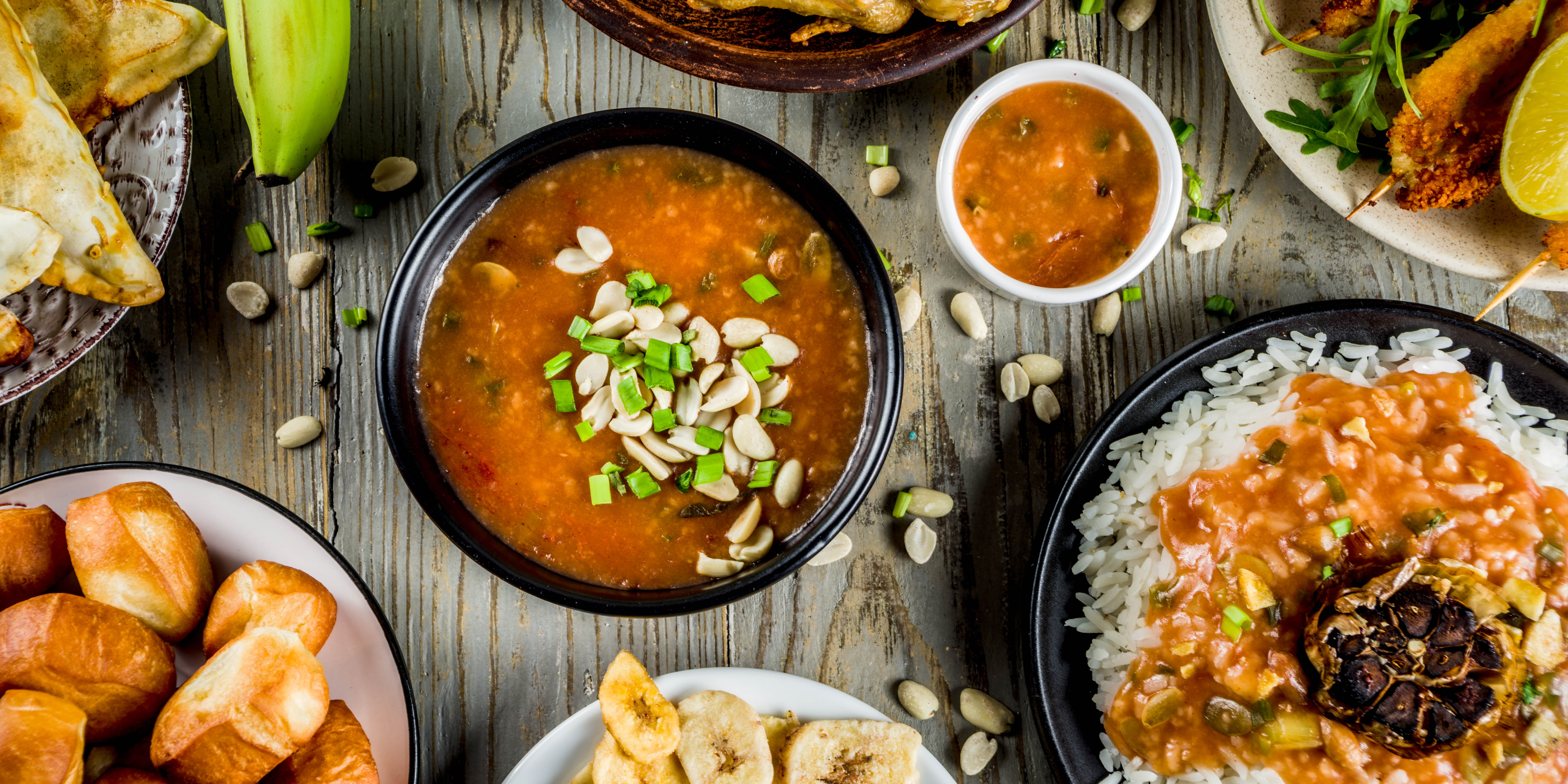
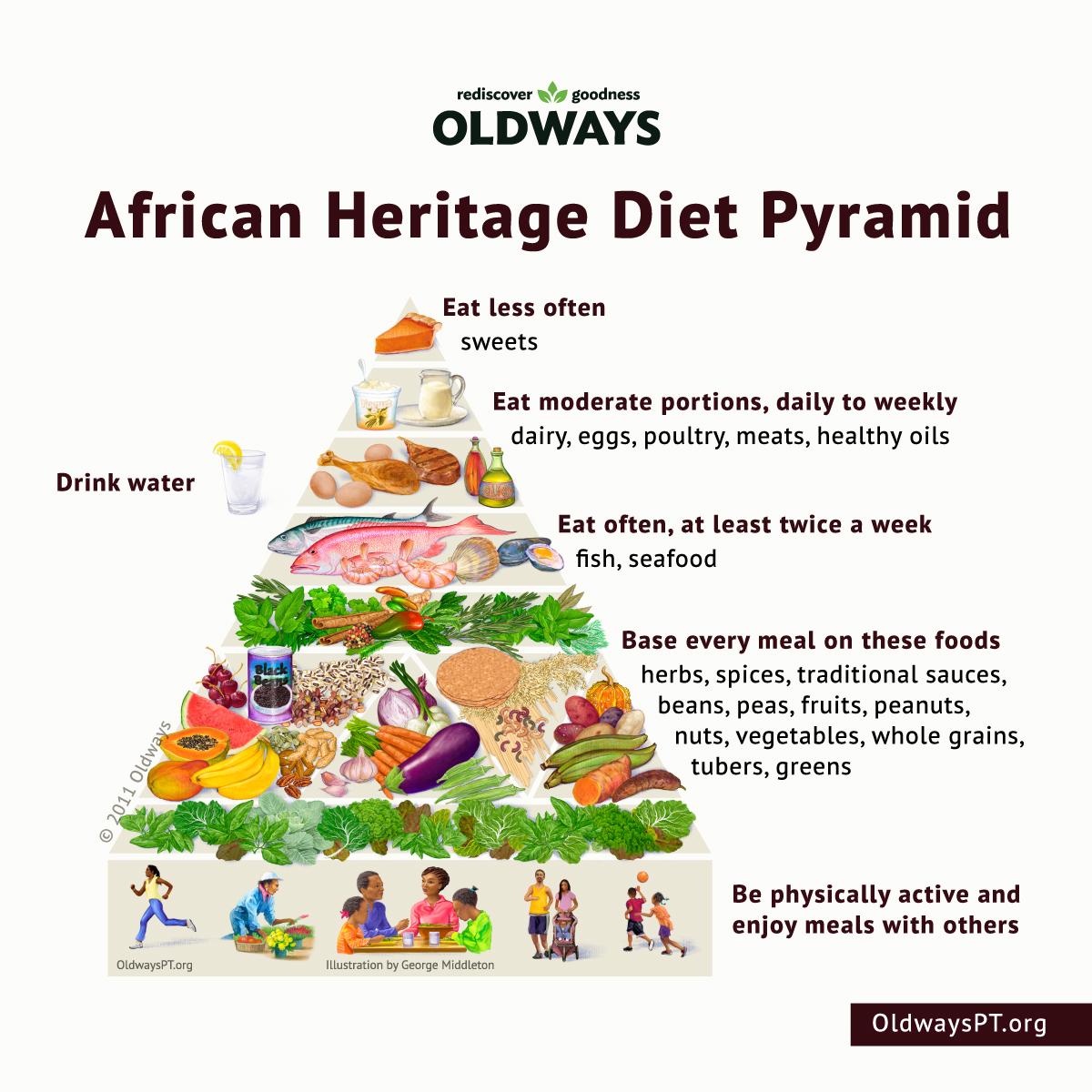
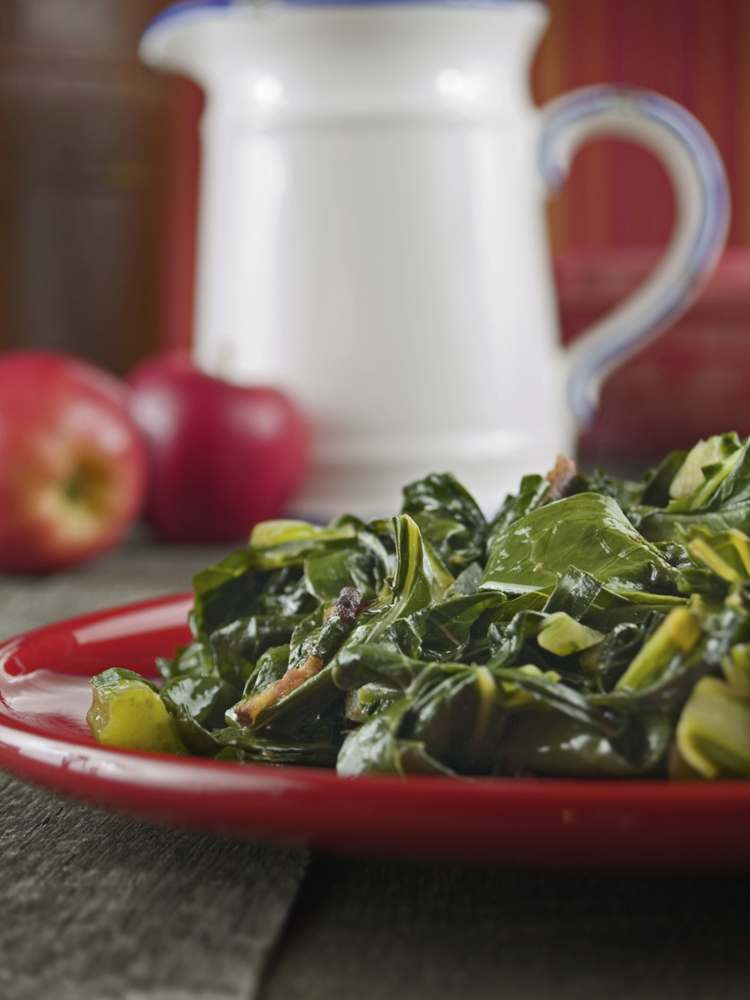
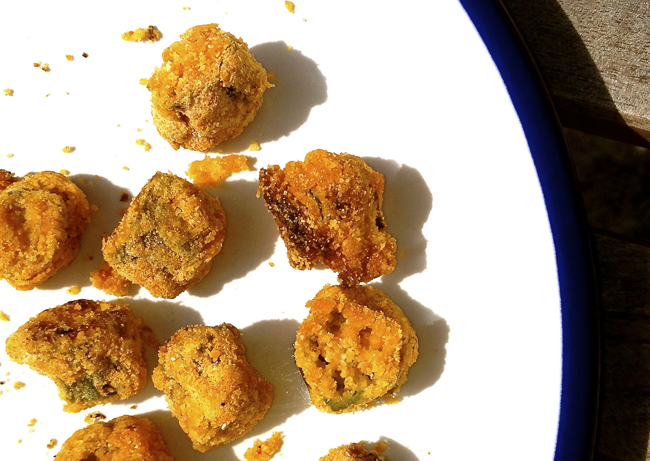
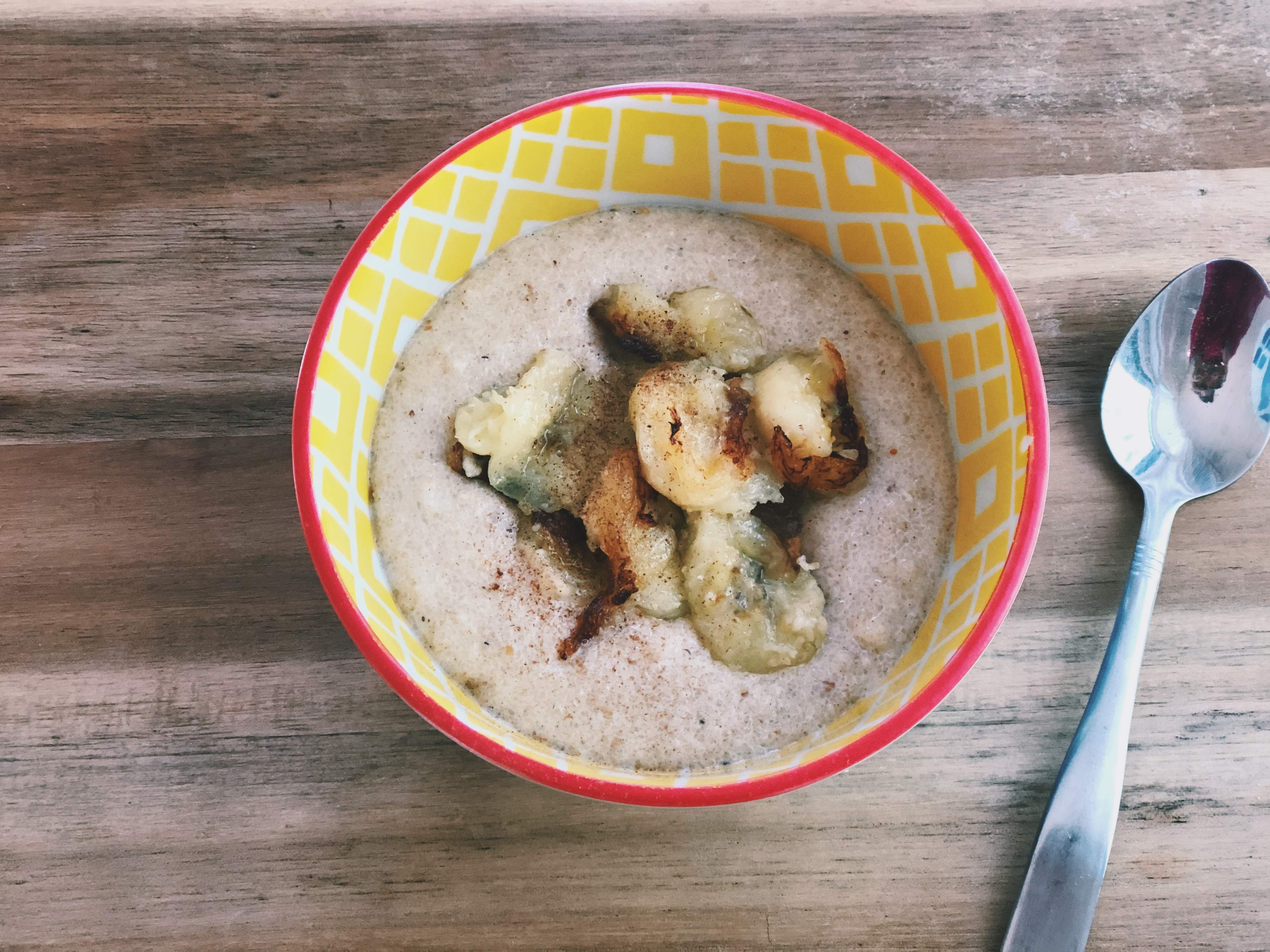
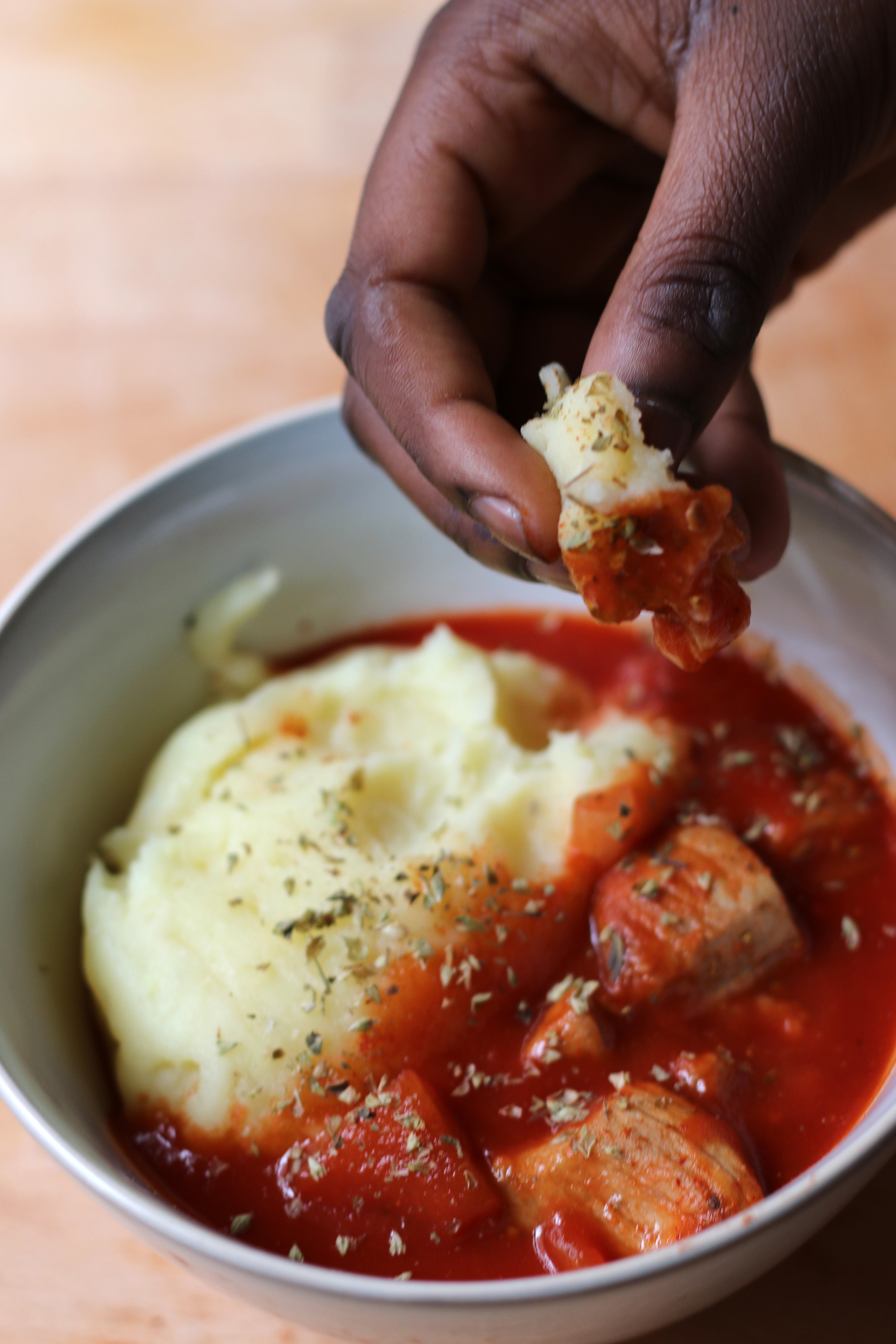

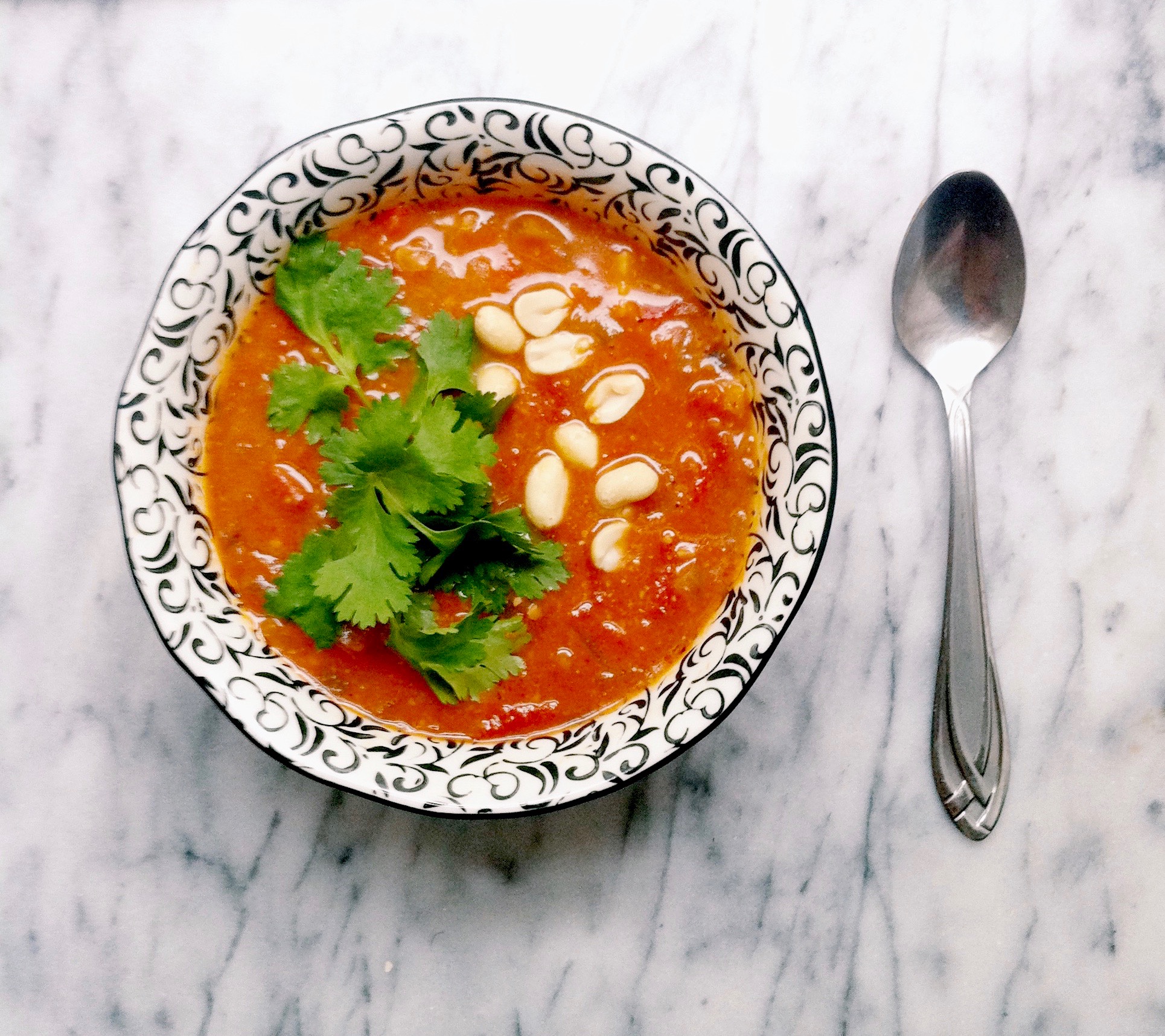
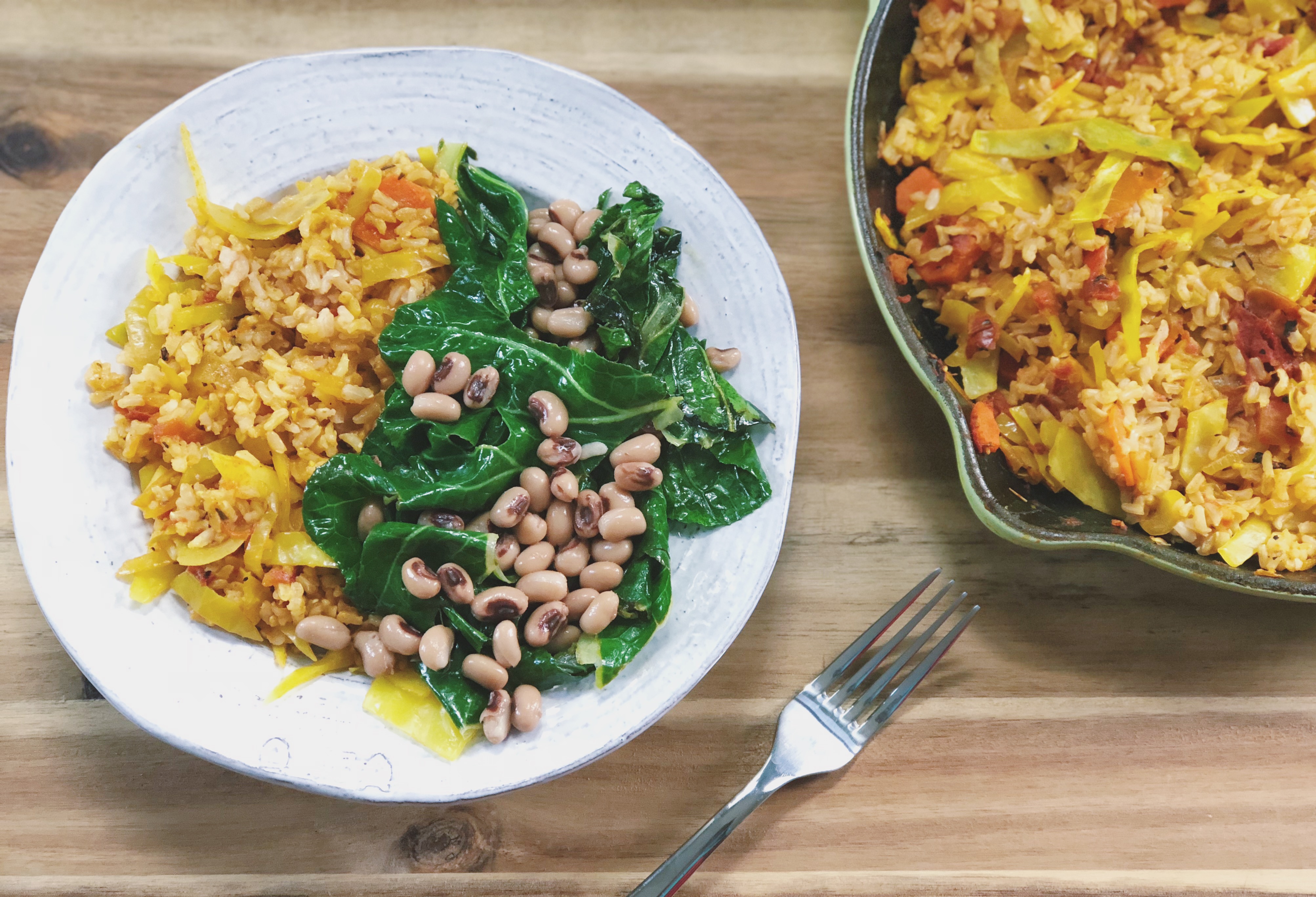
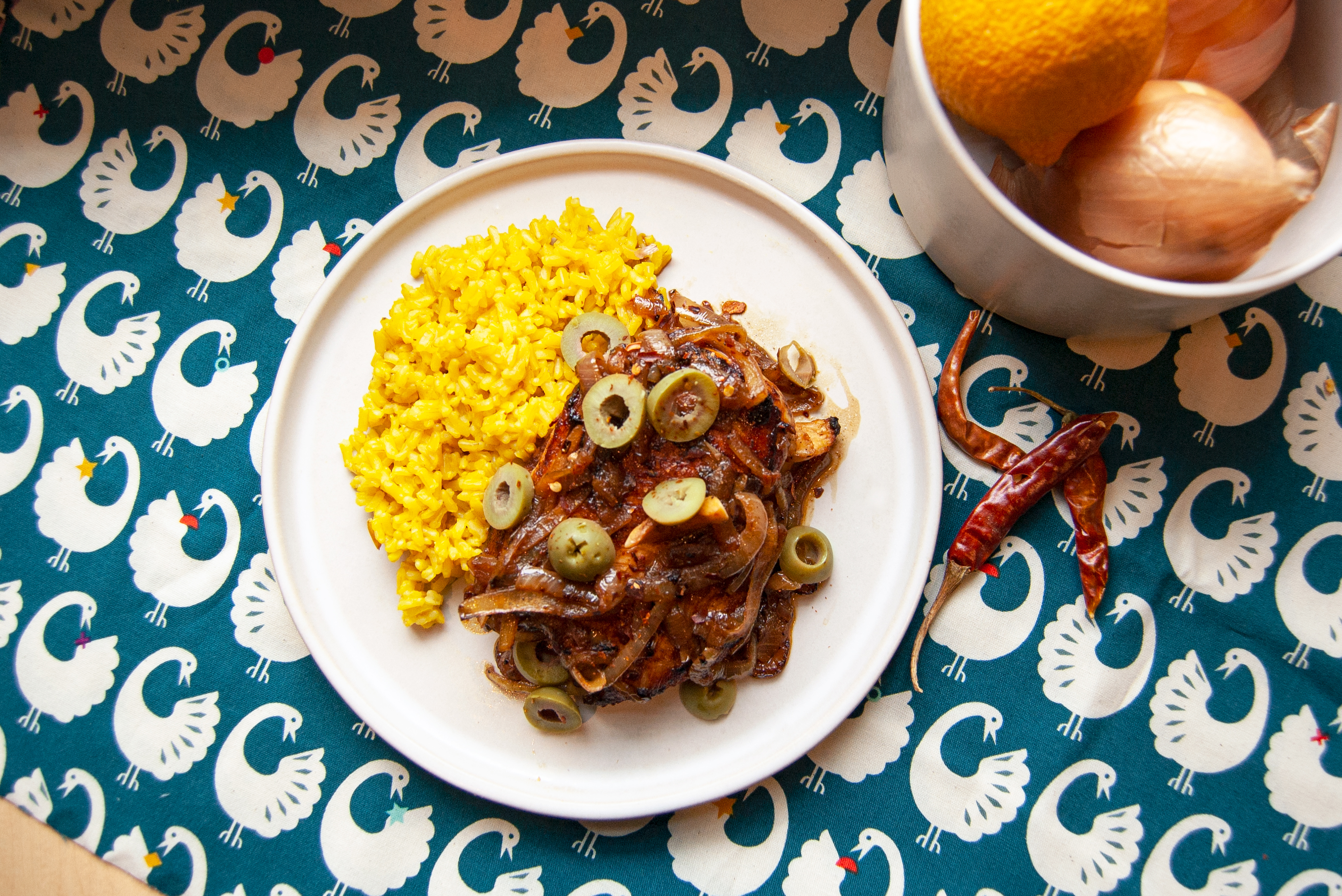

Add a Comment